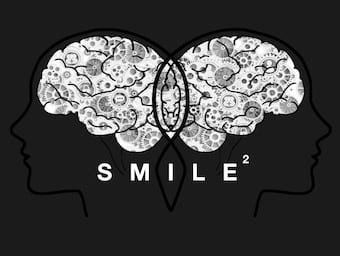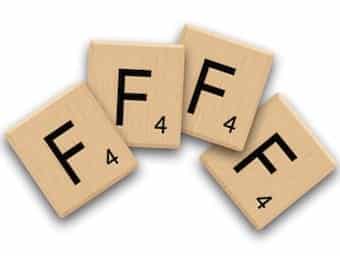
Ultrasound Case 008
A 49 year old cyclist hit by a car complains of abdominal pain, worst in his left upper quadrant. Describe and interpret these scans

A 49 year old cyclist hit by a car complains of abdominal pain, worst in his left upper quadrant. Describe and interpret these scans

A patient with known metastatic breast cancer presents with increasing exertional dyspnoea.

A 66 year old woman presents with gradually increasing shortness of breath. She had a syncopal event whilst standing in church and remains grey and sweaty.

"Are you on f*%king nightshift tonight, mummy?" ...a toddler utterance I hope to never hear again

A 32 year old man presents with a 4 day history of increasing right sided chest pain and associated shortness of breath.

A 31 year old male presents after what is thought to be a superficial penetrating chest wound. You perform an ultrasound. What does this show?

Sleep is a little bit like sepsis. Both start with S and the importance of proper management has been underestimated for years - so lets find a solution

Evidence-Based Medicine (EBM) as "the conscientious and judicious used of current best evidence from clinical research in the management of individual patients".

Critical thinking is a core skill that helps link evidence to clinical expertises, the patient's individual circumstances and environmental influences

Change leadership is required for effective introduction of innovations, growth, new technologies and change of culture

It's Friday. Boggle your brain with FFFF challenge and some old fashioned trivia. Funtabulously Frivolous Friday Five 259

Julius Arnold (1835 – 1915) was a German pathologist. Eponymously affiliated with Type II Chiari malformation (Arnold–Chiari malformation)